TWENTY YEARS AGO, a dramatic event brought the Falun Gong to the world’s attention. Early on Sunday morning, 25 April 1999, around 10,000 practitioners of the banned religious group gathered to meditate in silence outside the northern and western walls of Zhongnanhai, the compound in which the leaders of the People’s Republic of China (PRC) live and work. They were protesting the detention of forty-five of their co-religionists in Tianjin the previous week following another, much smaller, demonstration. After some hours, and much consternation on the part of the officials inside Zhongnanhai, who had no warning that such a demonstration was planned, five designated leaders of the protest were allowed in to meet premier Zhu Rongji 朱镕基. Afterwards, all the demonstrators departed peacefully, apparently satisfied. But whatever assurances were given on that day proved empty. Only three months later, on 20 July, the Party-state launched a brutal suppression of Falun Gong. In October, a new law was passed banning Falun Gong and other ‘evil cults’, as the official translation of xiejiao 邪教 (literally, ‘heterodox teachings’) has it.
Unsurprisingly, the twentieth anniversary of these events was not observed in Beijing, although groups of Falun Gong practitioners commemorated it in different countries around the world. Coincidentally, on 17 July 2019, Zhang Yuhua 张玉华, an adherent of Falun Gong who had been imprisoned in China, became one of twenty-seven ‘survivors of religious persecution’ from around the world invited to the White House to meet US President Donald Trump. Two days later, a Chinese foreign ministry spokesman commented:
Those the US invited to the so-called religious meeting include a member of the Falun Gong cult and some other people who have been smearing China’s religious policy … It [the United States] should stop using religion as a pretext to interfere in other countries’ internal affairs.1

Xi’s Twelve Core Socialist Values: Prosperity, democracy, civility, harmony, freedom, equality, justice, rule of law, patriotism, dedication, integrity, and friendship
Source: Benjamin Penny
Although Falun Gong is still illegal in China — and anyone still practising it there does so in secret for fear of certain arrest — the government is now more concerned about another of the religions that features on their list of ‘evil cults’. This is the Church of Almighty God 全能神教会, more popularly known as Eastern Lightning 东方闪电. The latter name derives from a verse in the Gospel of Matthew: ‘For as lightning that comes from the east is visible even in the west, so will be the coming of the Son of Man.’ Followers quote this verse to justify their assertion that Jesus has returned to Earth, this time in the form of a Chinese woman. The founders of this millenarian group seem to have been originally affiliated with the Local Church of Watchman Nee, an evangelical group founded in China in the 1930s by Ni Tuosheng 倪柝声, whom the Communists imprisoned for twenty years until his death in 1972. The Church of Almighty God’s primary teachings now derive from a new scripture, The Word Appears in the Flesh 或在肉身显现, which began to be ‘revealed’ in 1991. For China’s more mainstream Protestant churches, both official and unofficial, the beliefs of the Church of Almighty God are heretical. The government focuses on the alleged crimes of church members, including the alleged kidnapping in the early 2000s of members of another church to convert them, and the murder of a woman in a McDonald’s restaurant in Zhaoyuan 招远, Shandong province, in 2014. The fact of the murder is not disputed, nor is the fact that the six people who committed it represented themselves as missionaries of Almighty God. What remains contested is whether the killers ever belonged to the church. Some foreign scholars, such as Massimo Introvigne, agree with the church’s position that the six were never members,2 while others, such as Australian scholar Emily Dunn, have concluded that the six had once been members but at the time of the murder they belonged to a kind of schismatic microsect who believed they had received their own, new revelations.3 Whatever the case, the Church of Almighty God, along with several other new religions that grew out of Protestant Christianity, as well as Falun Gong, remain firmly defined as ‘evil cults’ according to the Chinese government and continue to be subject to the full force of state suppression.
A more pervasive influence on the realm of religion in 2019 — one less violent and confrontational — is President Xi Jinping’s signature injunction to religions to ‘Sinicise’
中国化.4 Inseparable from his vision of China moving into a New Era, the policy of Sinicisation applies both to religions of foreign origin and to religions that are Chinese or have been present in China for millennia. For Christianity and Islam, this means adopting a ‘Chinese style’ of architecture, music, and other cultural expressions of faith as well as reworking their liturgies and theology to emphasise what is compatible with Chinese ideas and morality as defined by the Party. For Daoism and Buddhism — for whom an order to Sinicise would appear to be redundant — official pronouncements make the direction of the policy as a whole very clear: religions must keep up with the times and be relevant for today’s China. How? By ‘firmly upholding the Party’s leadership’ and ‘profoundly understanding Xi Jinping’s thinking on socialism with Chinese characteristics’, and digging deeply into their traditions to find elements that bolster Xi’s Twelve Core Socialist Values (prosperity, democracy, civility, harmony, freedom, equality, justice, rule of law, patriotism, dedication, integrity, and friendship). By so doing, religions can thus ‘participate in the national rejuvenation and the fulfillment of the Chinese Dream’.5
For many religious believers in China, as well as most scholars of religious studies in Chinese universities and think tanks, these prescriptions are as banal and doctrinaire as they may appear to foreign observers. Yet the weight of official fiat means even officially sanctioned religious groups and their leaders must discuss them, implement them, and report on their fulfillment as if they were great profundities — or holy writ.



